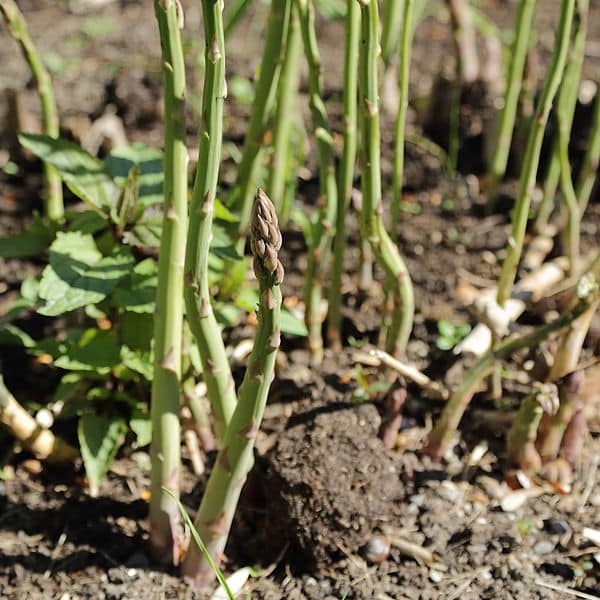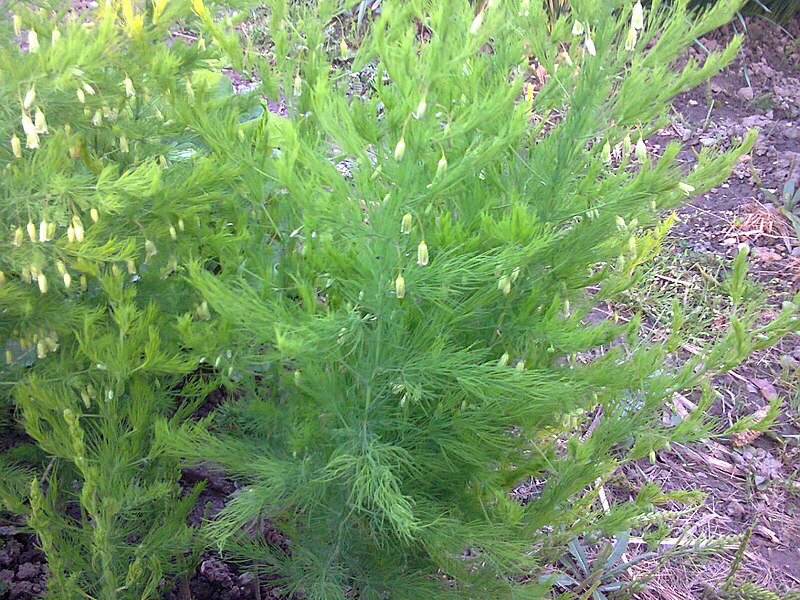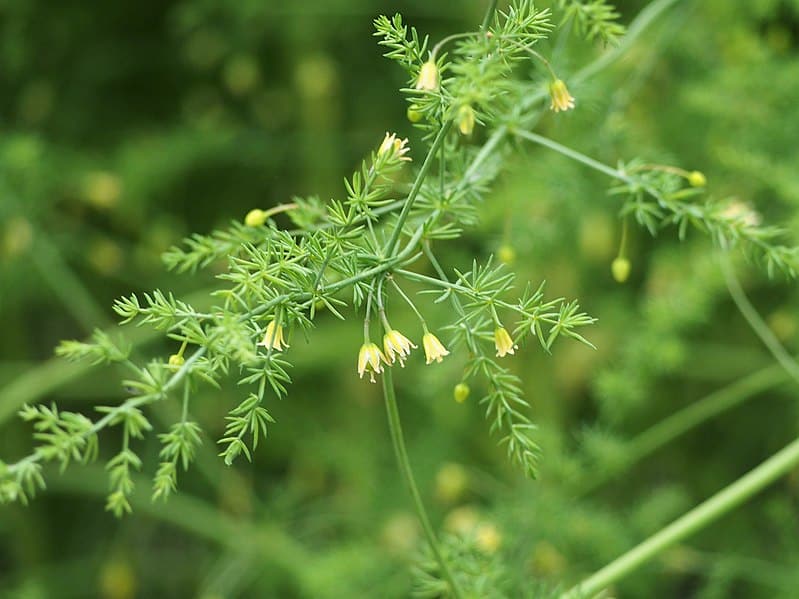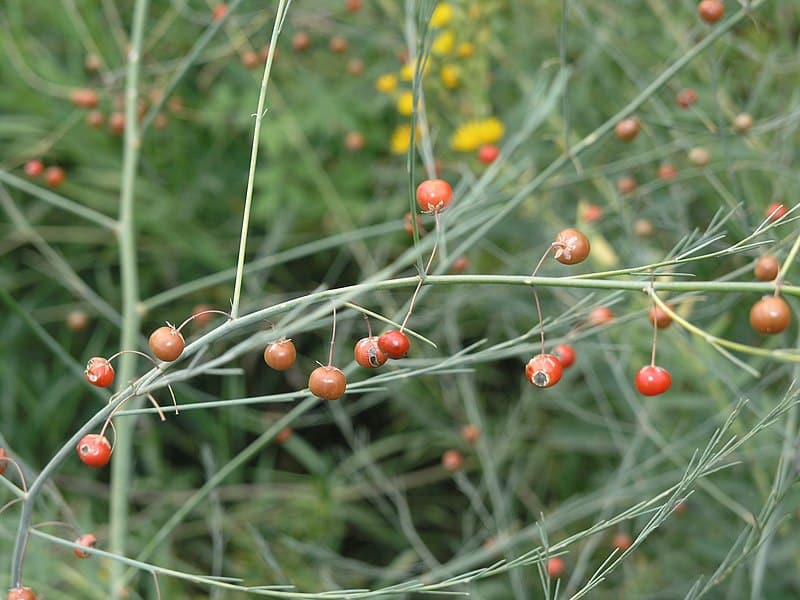Asparagus Identification – Asparagus officinalis
Heads up
Asparagus has another name in botany world: Asparagus officinalis. The plant belongs to the Asparagaceae family. While many might recognize asparagus as a cultivated garden plant, it’s originally from Europe. However, the love for asparagus isn’t limited to European kitchens; this plant can be found in various parts of the world.
Asparagus: Key Parts in Photos




Where to find it
If you fancy a walk outdoors to spot some wild asparagus, you’ll want to keep a few things in mind. Firstly, while it loves sunlight, it doesn’t shy away from part shade, either. Places to look include fields, the edges of woods, and even along roadsides.
How to identify Asparagus
The early spring is when young asparagus shoots pop up from the ground. These tender shoots are the ones harvested for eating.
An asparagus plant’s leaves aren’t like what you might picture. Instead of broad and flat, they are feathery and composed of soft, needle-like smaller leaves, about an inch long. If you count, you might find up to five of these leaflets clumped together. The plant’s stems are as unique as its leaves. There’s not just one main stem but several that branch out. They’re slender and might remind you of a fragile twig. Sometimes they stand tall, but often they might droop or bend over.
When in bloom, asparagus flowers are quite the sight. They sprout from the leaf joint areas, usually in the top parts of the plant. Each flower is tiny, being only about ¼ inch long. They’re bell-shaped and flaunt 6 pale yellow to greenish parts called tepals (think of these as a combo of petals and sepals). Additionally, they have 6 stamens, which are the pollen-producing parts of flowers, and these come with striking orange tips.
Come later in the year, flowers make way for fruits. Asparagus fruits are eye-catching, shiny red berries. Each is about the size of a large pea. If you were to open one, you’d find seeds inside. These berries stick around, even when it gets cold, adding a pop of color in wintery landscapes.
